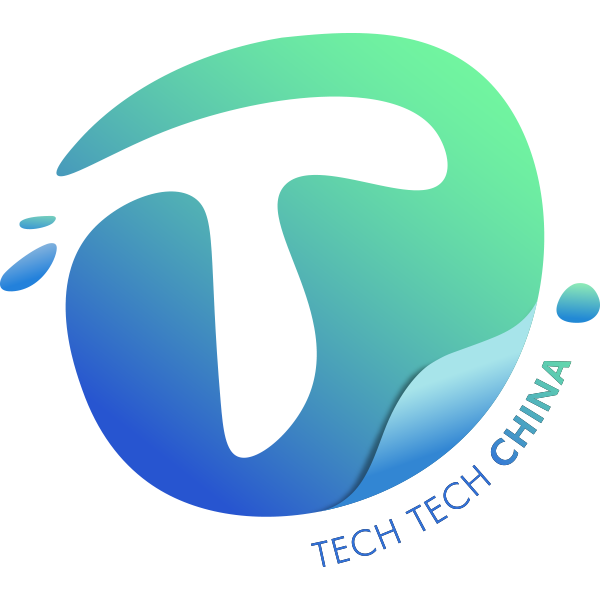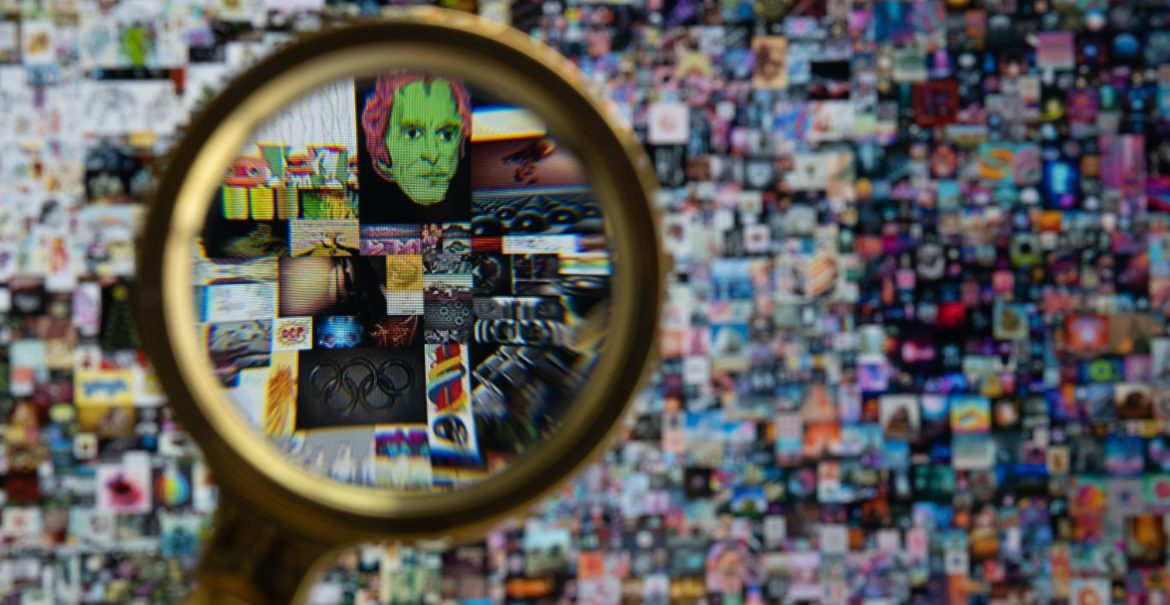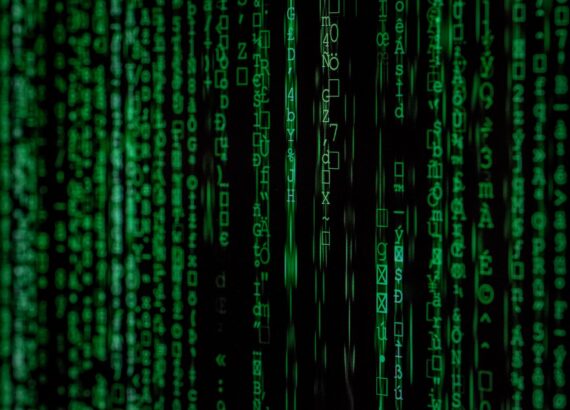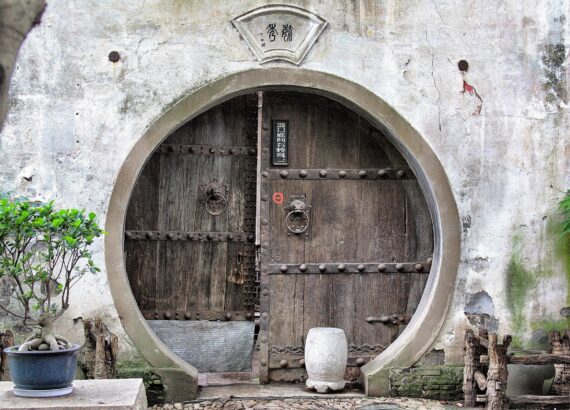Recently, a project on the technical framework for non-fungible tokens (NFTs) led by Tencent, with the involvement of Ant Group and others, has been approved by a United Nations specialised agency, becoming the first UN-approved standards initiative on NFTs. This project will help drive a consensus and common understanding around the world on the formation of a technical framework for digital collection services.
As of December 17, 2021, the global transaction volume of NFT projects has exceeded 10 billion US dollars. NFT, born from a blockchain game “Crypto Kitty” in 2017, entered a period of tremendous growth in the first half of 2021. In March 2021, crypto artist Beeple’s NFT sold at Christie’s for a whopping 69.35 million US dollars, bringing NFT to the spotlight.
Since last year, celebrities, KOLs, and enterprises in China have all launched their own NFT products, and digital collectables have become one of the hottest NFT application scenarios.
What is NFT?
It is necessary to know the concept of “Metaverse” before fully understanding the value of NFTs. Simply put, the metaverse is a virtual space that can mirror the real world while being independent of the real world. If the meta-universe is another parallel virtual world, NFTs are the most important bridge between reality and the meta-universe.
Non-fungible tokens (NFTs) are cryptographic assets on a blockchain with unique identification codes and metadata that distinguish them from each other. They cannot be replicated and can be used to represent real-world items like artwork and real-estate, or products and merchandise. In this case, NFTs are allowed to be bought, sold, and traded more efficiently while reducing the probability of fraud.
WHAT YOU NEED TO KNOW

The major NFT players in China
Alibaba
In May 2021, Taobao Ali Auction launched a special NFT digital art auction. Many digital artworks had been auctioned through this platform, such as the artist Wan Wenguang’s work “U107-No Waste Planet-Van Gogh of the Cabinet” and Yuhai’s “Devil Cat” series.
In June 2021, Alibaba and the Dunhuang Research Academy jointly released two NFT digital assets – “Flying Apsaras in Dunhuang 敦煌飞天” and “Nine-color Deer 九色鹿” skins.
According to market statistics, the two NFT digital skins have a total of 16,000 issued globally. These two skins were almost sold out as soon as they were available online.
In August 2021, the “Blockchain Digital Copyright Asset Transaction” channel jointly established by Ali Auction and Sichuan Blockchain Copyright Infrastructure was officially launched in China. This channel mainly provides digital copyright asset confirmation and on-chain transactions for copyright owners in different areas, such as literature, games, animation, music, art, etc. The legal holder of the copyright asset certificate will have all the rights of the digital works except for the right of authorship.
Tencent
On September 9,2021, a quiz was held on the WeChat Mini Program to raise funds for the Dunhuang Grottoes Conservation Foundation, which is committed to the preservation of the cave and its murals. All participants were eligible to win one of 9,999 limited editions Dunhuang “Digital Sponsor” NFTs — the first non-profit tokens to be offered by Tencent and Dunhuang Research Institute.
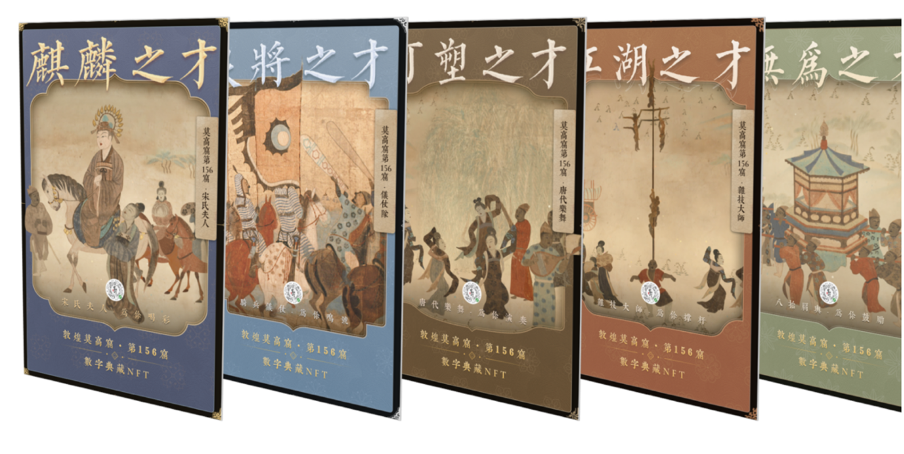
In August 2021, Tencent released China’s first NFT trading platform “Magic Core”, which mainly sells digital artworks co-branded by artists. Its underlying blockchain technology is provided by “ZHI XIN CHAIN至信链 “, which belongs to the currency-free blockchain advocated by China.
In January 2021, Rongbaozhai, a renowned calligraphy and painting shop with a history of 300 years in Beijing, together with Tencent, launched the digital art collection of Qi Baishi, one of the most well-known contemporary Chinese painters on the platform “Magic Core” to celebrate the 350th anniversary of Rongbaozhai. This was also the first limited digital art collection officially authorized by Rongbaozhai. The limited edition of 12,500 pieces of Qi Baishi’s digital art collection sold out in a second after it was released.
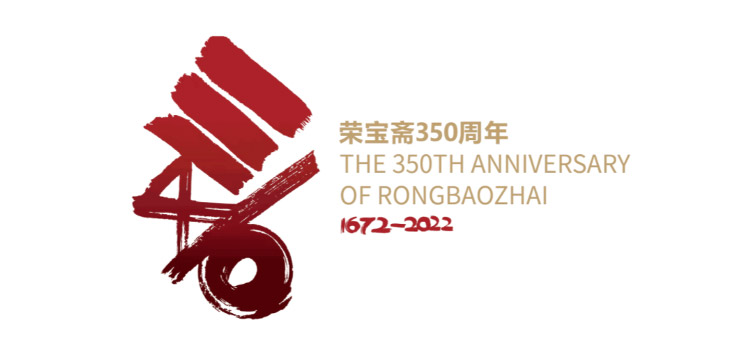
JD.com
On November 22, 2021, JD launched the NFT commemorative certificates supported by JD’s own blockchain technology at the annual “JD Discovery (JDD) ” conference. Users can obtain a free NFT commemorative certificate from the JDD conference – Unique Digital Collection. It is said that there are seven badge patterns in the Unique Digital Collection, which are stored in JD Cloud and can be legally transferred.
Evaluation of China’s NFT Industry
- What is different about the NFTs in China?
In summary, the majority of existing Chinese NFT-related collections identify NFT as “digital collection certificate” and “digital art token”. The business essence is also based on major IPs, including copyrighted music, paintings, video programs, sports events, traditional culture and other fields, and then officially launched NFT-relevant services. These services are typically characterised by limited issuance, technical support provided by consortium blockchain, and RMB payments.
China’s NFT currently cannot be traded on public blockchains such as Ethereum, and there is currently no cross-trading function on the Chinese platforms where NFTs are launched.
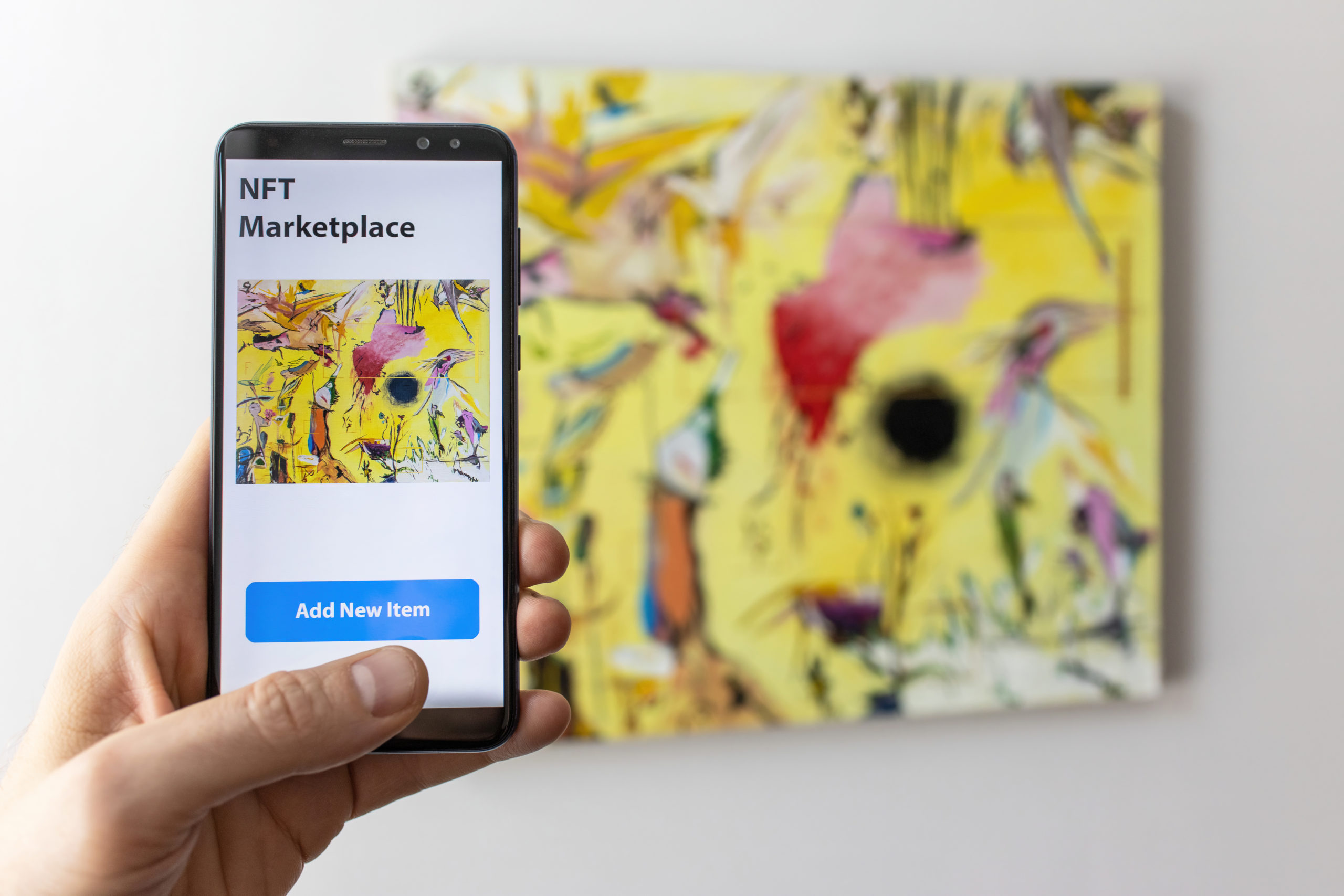
In contrast, some well-known platforms, such as OpenSea and Rarible, distinguish themselves by encouraging everyone to be a “creator”. The users can publish NFT works by binding their payment address to an Ethereum wallet. In addition to creating and publishing NFT, the core functions are transactional and auction-based. Users can either buy NFT collections or resell them.
- China’s attitude to the NFT market
The global NFT market size is growing rapidly. Taking OpenSea, the largest NFT marketplace at present, as an example, the data shows that the transaction volume of OpenSea in July reached 325 million US dollars, a month-on-month increase of 118%, hitting a record high. Meanwhile, the number of NFT transactions in July was 457,700, and the transaction fees generated reached 21.78 million US dollars, both breaking the previous record. However, cryptocurrencies play an essential role in these key scenarios.
In contrast, China strictly prohibits virtual currency transactions and holds a more cautious attitude towards encrypted assets. The NFT services in China basically do not have the “token payment” function. China’s blockchain infrastructure mainly relies on consortium blockchain technology, one of its distinctive features is multi-centralisation rather than decentralisation. In this case, whether the NFTs issued by major Chinese enterprises are widely recognised by the market is still controversial.
Currently, the Chinese government has not officially issued laws or regulations on virtual currency and associated technologies, and most government regulatory actions are released in the form of notices or announcements. The exploration of the realistic value of NFTs is ongoing. The question of whether NFT products can consistently meet the public needs into the future will significantly challenge the market valuation of the NFT market long term.
